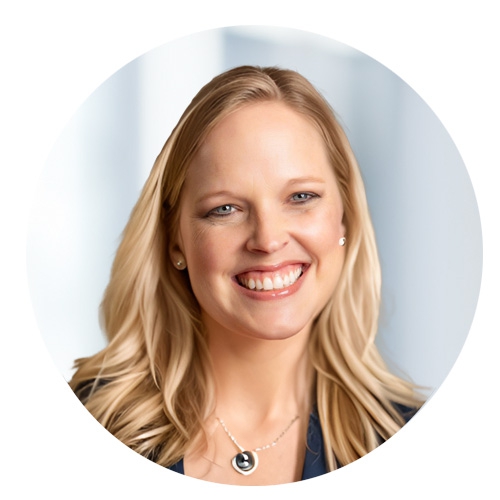For example: "How conservative should my investment portfolio be now that I am retired?" It depends:

- How long does your portfolio need to last?
- How much do you want to withdraw from your portfolio each year?
- Do you want to increase your withdrawals throughout retirement to keep up with inflation?
- Is it important to you to have money left over for your heirs?
- How willing are you to reduce your withdrawals if portfolio returns are below expectations?
Simple “rules” don’t always work in retirement planning:
Everyone wants to simplify planning for retirement and financial planning in general to a set of rules that are easy to follow (e.g., always save 10% of your pay…pay off your house when you retire…only buy a certain type of insurance). Some of these “rules” are flat out detrimental when applied in the wrong situation. One such “rule,” the rule of 100, states that you should never have a higher proportion of your portfolio in stocks than (100 minus your age). This, of course, makes no sense because it ignores your objectives, risk tolerance, time horizon, and the relative valuations of other investment options.
The reality is planning for retirement is about trade-offs. You just need to make the right trade-offs for you, which may be different than what is right for your friend, neighbor, or sibling.
Suppose you are given two strategies to choose from:
Strategy #1 is you put 90% of your retirement savings in an inflation-adjusted immediate annuity and 10% in money market/savings for emergencies. Strategy #2 is you put 100% of your retirement savings in the stock market.
Strategy #1 gives you the highest probability of success (not running out of money). However, it generates lower retirement income and builds little to no wealth to pass on to your heirs.
Strategy #2 is likely to support a much higher level of income and have a higher likely ending value. Unfortunately, these outcomes are not guaranteed. This strategy also gives you a higher chance of going broke, having to cut your spending during retirement, and leaving nothing behind to your heirs. In other words, it has more upside and more downside than strategy #1.
Strategy #3 – The sweet spot:
The correct strategy for most people is likely a third strategy (Strategy #3) that has more risk than #1 but less risk than #2. There are a lot of different ways to construct a retirement income plan that falls somewhere between #1 and #2 in terms of the level of sustainable income and likely ending balances. There is usually a sweet spot.
To understand fully the financial planning sweet spot, we should review the concept of diminishing returns. It’s like when I make macaroni and cheese. The mac and cheese will be more delicious if I add a little bit of butter. However, after a certain point, more butter does not continue to improve the mac and cheese. In fact, after a certain point, more butter becomes a bad idea. Similarly, taking some of the money that was allocated to stocks in Strategy #2 and moving it to annuities (or other safe, low volatility investments) can increase your probability of success, but after a while, you may be sacrificing too much upside potential for very small improvements in your probability of success (not running out of money).
These tradeoffs are what good retirement planning is all about. No investment or investment strategy is perfect. Making the right investment decisions is simply about understanding the tradeoffs and finding the strategy that best fits you.
Ready to achieve true financial peace of mind?
If you are ready to achieve financial peace of mind, it's time to schedule a coaching session with an experienced wealth management advisor. Contact Quraishi Law Firm and Wealth Management at 870-275-4304 if you have additional questions or would like to learn more about our wealth coaching process.
Book an Appointment
Contact Us

